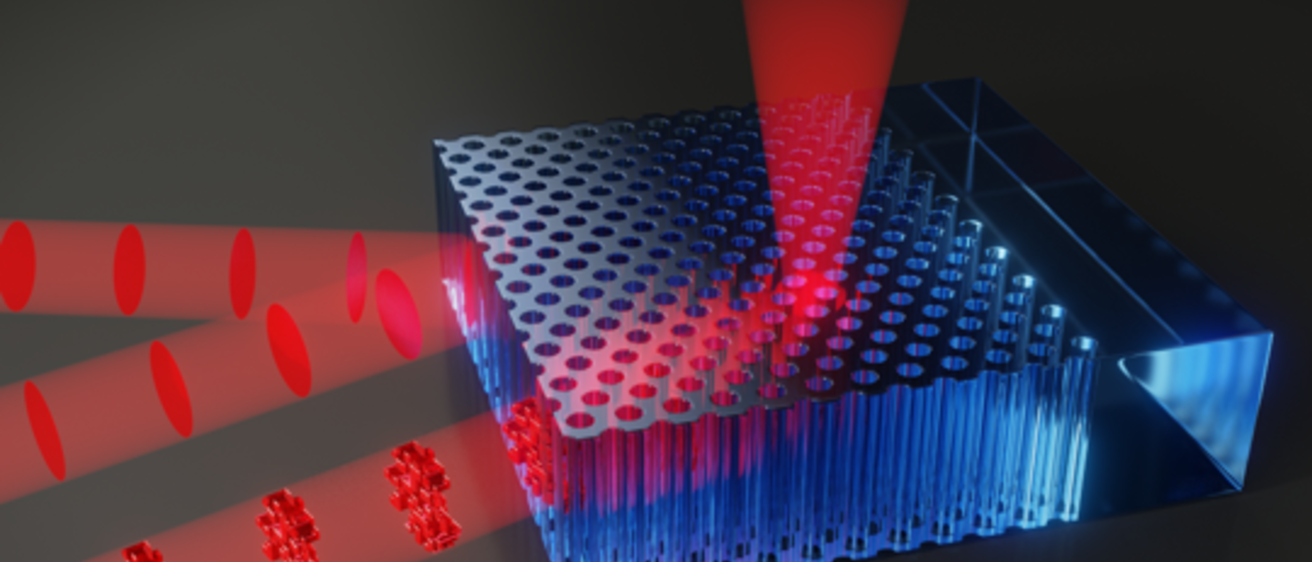Crystals contain a forbidden gap. Light waves of certain colors can travel only a limited distance inside a crystal before being reflected away. Once scientists produce a crystal, this “Bragg distance” cannot be altered. We shine light far beyond the Bragg distance breaking this limit. Spatially shaping waves intensifies the energy density of the light—allowing us to steer the waves to any location within the crystal. We studied tiny silicon photonic crystals, taking advantage of their unavoidable design flaws to shape the light waves. Other wave forms—including phonons, electrons, and spins—could be tuned using the new method. The research published in Physical Review Letters could improve efficiency in miniature light sources and on-chip lasers, qubits, and information processing via photons and photons.
The article is also highlighted in APS - Physics magazine, Physics World magazine, and covered by Phys.org (>2k shares)
